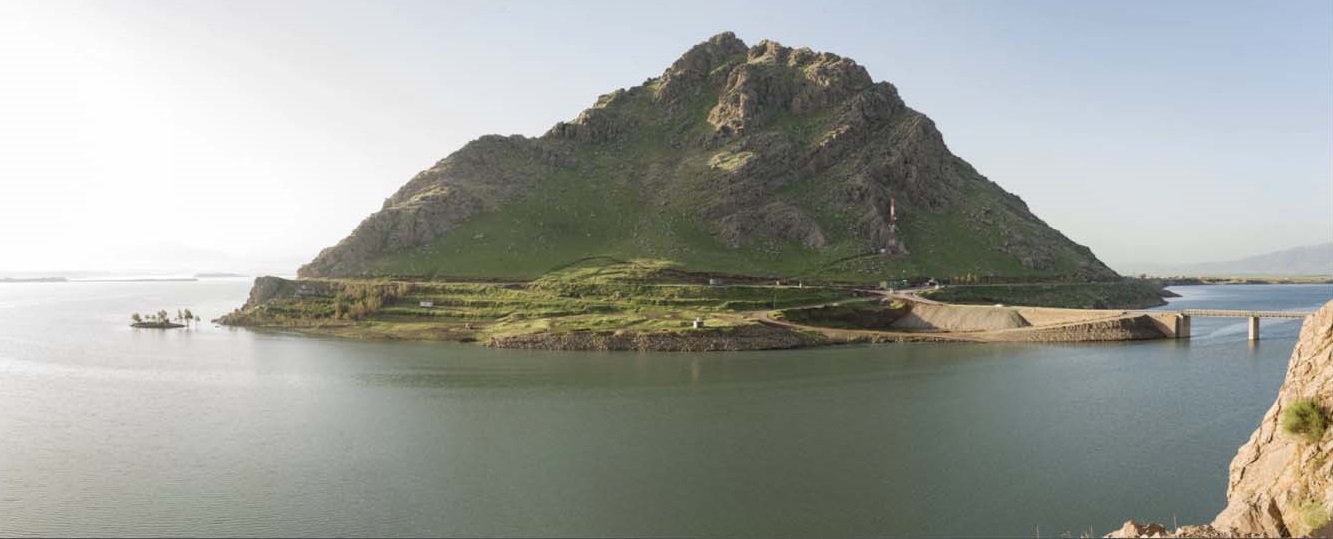
QALATGA DARBAND
Silêmanî

The lost city was found near the rocky Darband-i Rania pass in the Zagros Mountains of Southern Kurdistan. Credit: The British Museum
A lost city that was overrun by Alexander the Great on his conquest of Persia has finally been unearthed in Southern Kurdistan " Iraq", decades after it was first seen on spy satellite imagery.
The site, called Qalatga Darband, was directly on the route that Alexander the Great took as he pursued the Persian ruler Darius III in 331 B.C. before their epic battle at Gaugamela. The site bears signs of Greco-Roman influence, including wine presses and smashed statues that may have once depicted the gods Persephone and Adonis.
"It's early days, but we think it would have been a bustling city on a road from Iraq to Iran. You can imagine people supplying wine to soldiers passing through," lead archaeologist John MacGinnis, from the British Museum, told The Times. [The 25 Most Mysterious Archaeological Finds on Earth]
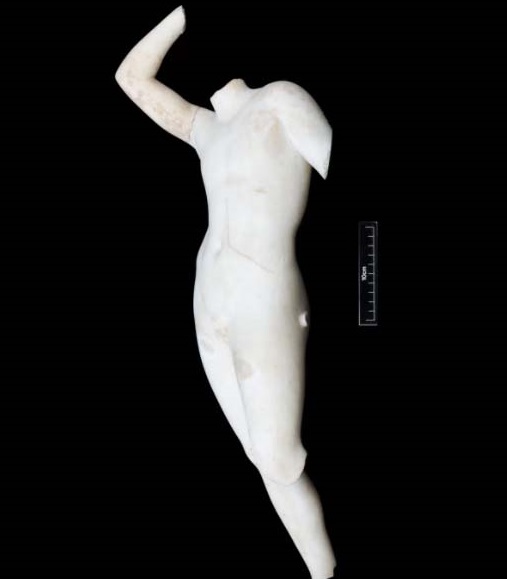
In the 1960s, American spy satellite imagery, from the Corona satellite program, revealed the existence of an ancient site, near the rocky Darband-i Rania pass in the Zagros Mountains in Iraq. But that data was classified. When it was finally made public, archaeologists from the British Museum pored over the data. Later drone footage of the area revealed several large limestone blocks, as well as hints of larger buildings lying buried beneath the ground. However, by the time the archaeologists knew of the site's existence, political instability made it difficult to explore the region, they said.
Only in recent years has the area become safe enough for archaeologists from the British Museum to take a closer look. When they did, they found a huge trove of ancient artifacts. The ceramics found at the site suggest that at least one area of Qalatga Darband was founded during the second and first centuries B.C. by the Seleucids, or the Hellenistic people who ruled after Alexander the Great, according to a statement. Later, the Seleucids were overthrown and followed by the Parthians, who may have built extra fortification walls to protect against the Romans who were encroaching during that period.
The site contains a large fort, as well as several structures that are likely wine presses. In addition, two buildings employ terra-cotta roof tiles, which are characteristic of Greco-Roman architecture of the time, the researchers noted in a statement.
On the southern end of the site, archaeologists found a large stone mound, beneath which was a giant temple-like structure. The building contained smashed statues that looked like Greek gods. One, of a naked man, was likely to be Adonis, while another seated female figure was probably the goddess Persephone, the reluctant bride of Hades, ruler of the underworld, according to the statement.
Nearby in the Darband-I Rania mountain pass, archaeologists have also uncovered evidence of an even older settlement. That fortress likely dates to the Assyrian period, between the eighth and seventh centuries B.C. The fort had 20-foot-thick (6 meters) walls and was likely a way for the Assyrians to control the flow of people through the pass. At the same site, archaeologists uncovered a grave with a coin that dates to the Parthian period, the researchers said.
The grave bore the inscription "King of kings, beneficent, the just, the manifest, friend of the Greeks, this is the king who fought against the Roman army led by Crassus at Carrhae in 54/53 BC."
That inscription suggests the grave belongs to King Orodes II of Parthia, who ruled between 57 B.C. and 38 B.C., and may have referred to a period when the Romans attempted to conquer the Parthian Empire. The Parthians deflected that attack with horse-riding archers who shot arrows down on the Roman troops, according to the statement
Originally published on Live Science.
_______________________________________
Qalatga Darband olarak bilinen yerleşimin kalıntıları, kamera donanımlı drone kullanan British Müzesi arkeologları tarafından tespit edildi.
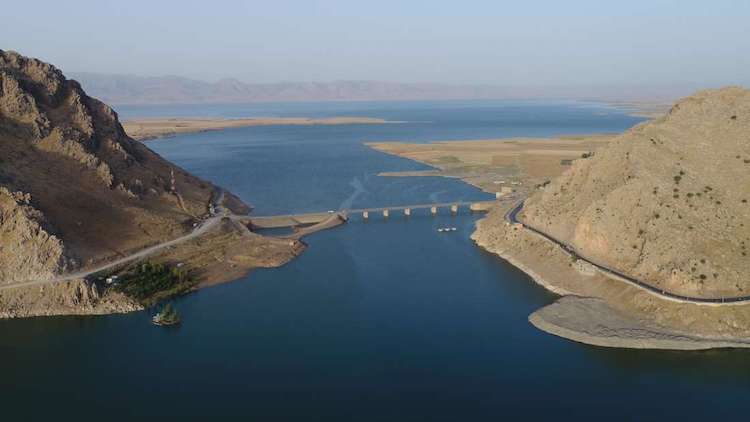
Qalatga Darband arkeolojik alanı, köprünün sağındaki üçgen alanda yer alıyor. F: British Museum
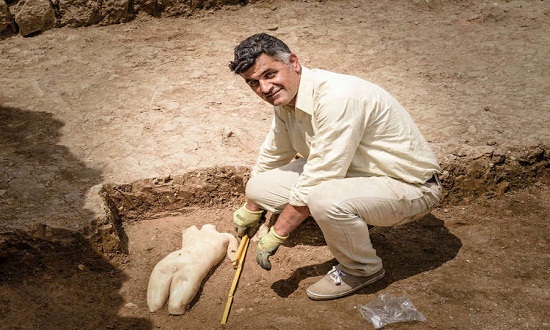
The magnificent city of Alexander the Great formed 331 BC was found in Silemani, in Kurdistan
Çekilen görüntülerin işlenmesi, araştırmacıların tahıl tarlalarının altında gizlenmiş büyük bir binanın ana çizgilerini belirleyebilmelerini sağladı. Bu da, şehrin tam yerinin belirlenmesine olanak verdi.
Araştırmanın başındaki John MacGinnis, Drone bize muhteşem bilgiler sağladı. İlkbaharda drone kullanarak tüm arkeolojik alanı taradık. Mezopotamya arkeolojisinde tarlaların havadan analiz edilmesi hiç yapılmamıştı. Yeraltında duvarlar olduğunda, buğday ve arpa o kadar iyi gelişemez ve ürünün büyümesinde de renk farklılıkları olur. diyor.
Söz konusu kayıp kentin ilk kanıtları, 1960lı yıllarda Amerikan askeri birlikleri için alınan gizli casus uydu fotoğrafları ile taranmış ve 1996 yılında kamuya duyurulmuştu.
Saddam Irakı yönetirken, bölgeyi daha fazla araştırma imkanı yoktu ve güvenlik endişeleri yüzünden 2003 işgali sırasında ve sonrasında da bu durum devam etti.
Bununla birlikte, yakın zaman önce British Müzesi, bölgede daha iyi bir güven ortamı söz konusu olduğu için, Iraklı arkeologları eğitmek için bir projenin bir parçası olarak Darbanda bir ekip gönderdi. Eğitilen arkeologlar IŞİD tarafından hasar gören önemli arkeolojik yerleri kurtarmakla yükümlü olacak.
Stajerlerin de yardımıyla ekip, MÖ 1. ve 2. yüzyıla tarihlenen kentin, Büyük İskenderin MÖ 331 yılında Pers kralı III. Dariusu kovaladığı rotada inşa edildiğini tespit etti.
Kentin boyutları, karmaşıklığı ve zenginliği araştırmacıları oldukça şaşırttı. Kentte bulunan Antik Yunan ve Roma tanrılarının heykelleri ile pişmiş toprak kiremitler gibi Antik Yunan etkisini gösteren birçok bulgu; kentin Büyük İskender ve takipçileri tarafından kurulduğuna işaret ediyor.
Bölgede ayrıca birçok büyük yapı kalıntısı, surlar ve eski şarap presleri bulundu.
MacGinnis, Henüz araştırmanın çok başındayız ancak bu kentin, Iraktan İrana giden yolda kalabalık ve canlı bir şehir olduğunu düşünüyoruz. Geçmekte olan askerlere şarap temin eden insanları hayal edebilirsiniz. diyor.
25.09.2017
Kaynak:http://arkeofili.com
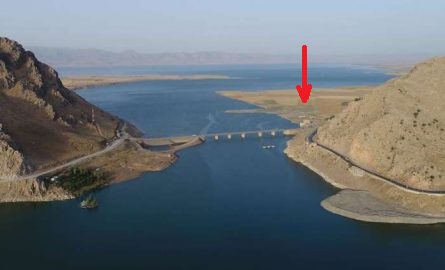
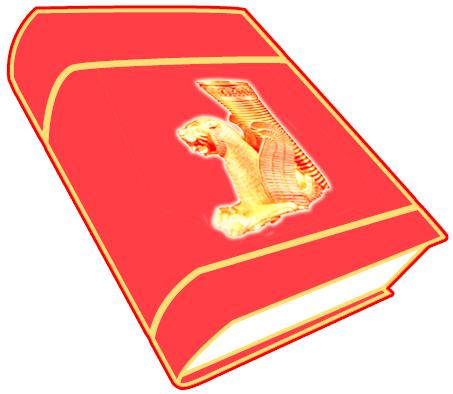
Foundation For Kurdish Library & Museum